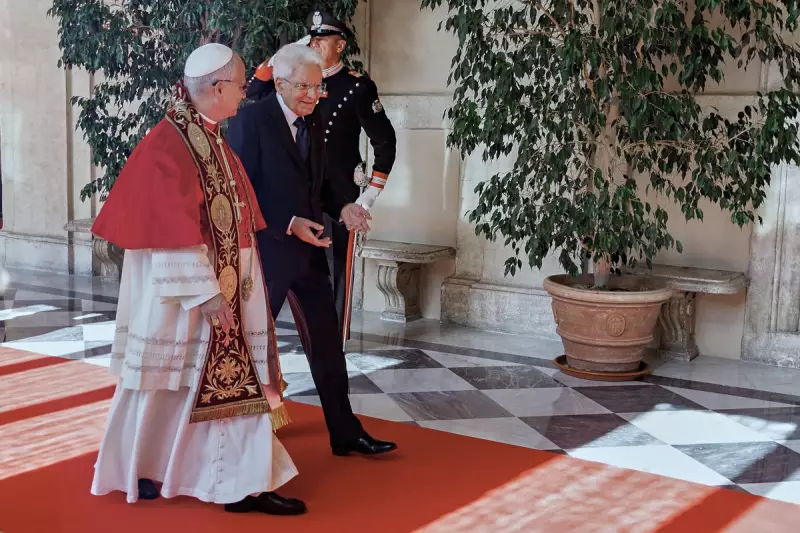
In a landmark decision that bridges centuries of history, Pope Francis has committed to returning one of Rome's most significant architectural treasures to the Italian people. The Pontiff's announcement regarding the Palazzo della Cancelleria marks a profound gesture of goodwill between the Vatican and the Italian Republic.
A Palace Steeped in History
The Palazzo della Cancelleria, a magnificent Renaissance palace located in the heart of Rome, has served as a papal residence since the 16th century. This architectural masterpiece, which predates even St Peter's Basilica, has witnessed nearly five centuries of Catholic history within its walls.
During an emotional meeting at Rome's Quirinal Palace, Pope Francis revealed his intentions directly to Italian President Sergio Mattarella and Prime Minister Giorgia Meloni. "This building," the Pontiff declared, "carries the weight of history but must now look to the future."
Symbolic Gesture in Modern Diplomacy
The decision comes at a pivotal moment in Italo-Vatican relations, demonstrating the Church's willingness to adapt to contemporary political landscapes. Prime Minister Meloni, who attended the crucial meeting, acknowledged the significance of this gesture during a period of complex international relations.
Vatican spokesman Matteo Bruni confirmed the development, stating that the Holy See intends to "return the building to the Italian State so that it can be used for purposes of particular cultural importance." This move underscores the Church's commitment to preserving Italy's rich cultural heritage while fostering stronger ties with the government.
Architectural Legacy and Future Purpose
The palace's historical significance cannot be overstated:
- Constructed between 1489 and 1513, making it one of Rome's earliest Renaissance palaces
- Home to the tribunal of the Roman Catholic Church's Apostolic Chancery
- Contains artistic treasures including frescoes by Giorgio Vasari
- Represents one of the first major architectural projects using travertine stone from the Colosseum
While specific plans for the building's future use remain under discussion, Italian cultural authorities have expressed enthusiasm about transforming the space into a venue that honours both its historical significance and serves contemporary public interests.
This unprecedented transfer of property signals a new chapter in the relationship between the Vatican and Italy, potentially setting a precedent for how historical religious properties might be repurposed for public benefit across Europe.





